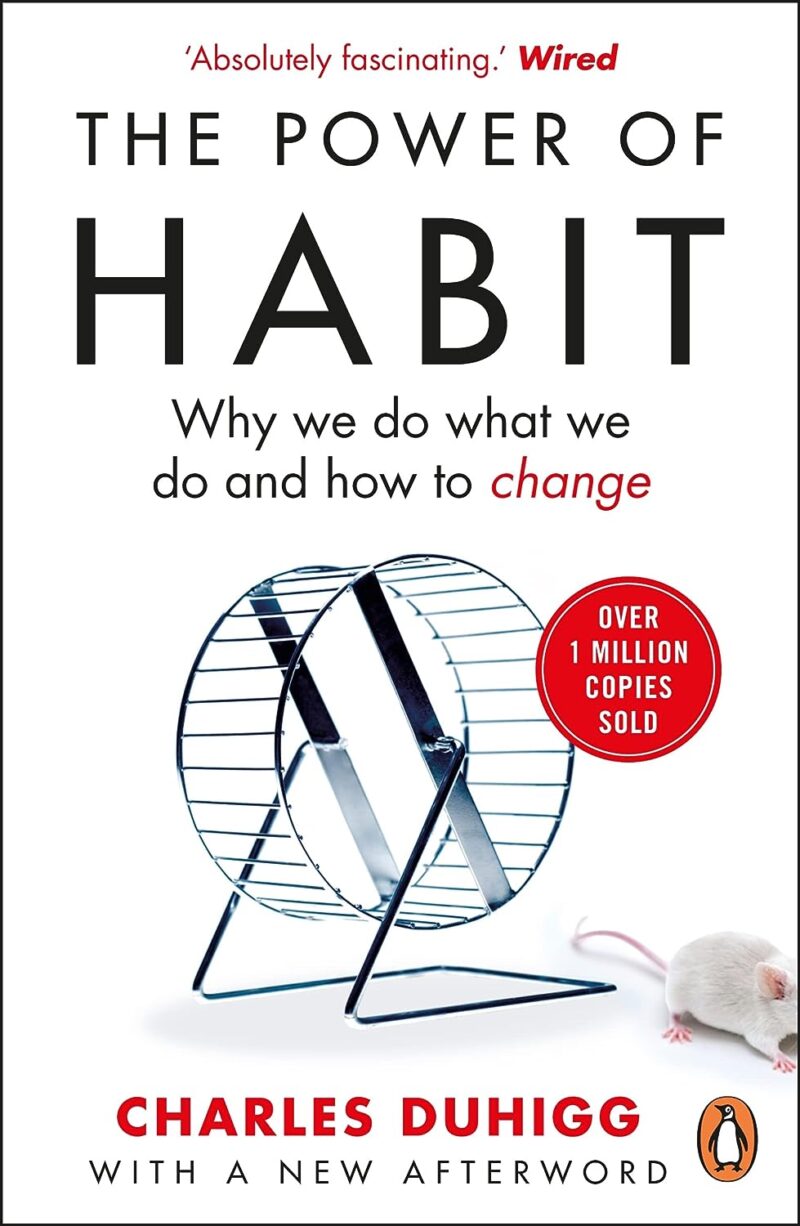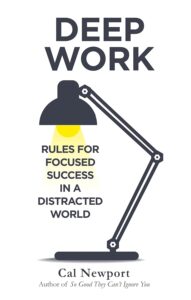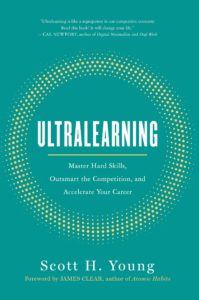Insightful Exploration into Habit Formation: A Review of Charles Duhigg's "The Power of Habit"
Charles Duhigg's "The Power of Habit" provides an engrossing examination of the role habits play in individual lives, organizations, and societies, emphasizing the potential for profound change.
Subjects: self help
Charles Duhigg’s “The Power of Habit” delves into the intriguing realm of habits and their profound impact on individuals, organizations, and societies. Duhigg, an investigative reporter, combines scientific research with a plethora of engaging narratives to elucidate how habits form, how they function, and crucially, how they can be transformed.
The book is structured into three parts. The first part explores the science of habit formation in individuals, using fascinating case studies like that of Lisa Allen, who transformed her life by altering her habits. Duhigg explains the habit loop (cue-routine-reward) and how understanding and manipulating this loop can lead to significant personal change.
In the second section, Duhigg shifts focus to organizations, illustrating how habits influence business practices and cultures. He presents case studies like that of Paul O’Neill at Alcoa and Starbucks, showing how understanding and shaping organizational habits can lead to substantial success and transformation within companies.
The final part discusses the habits of societies, exploring how they can spur broad social and political changes. Through stories like that of Rosa Parks and the Montgomery Bus Boycott, Duhigg demonstrates how societal habits influence mass movements and social change.
Duhigg’s writing is both accessible and compelling, making complex psychological and neurological concepts understandable to a broad audience. He emphasizes the power of habits in shaping our lives and provides insights into how we can harness this power to achieve personal growth and societal change.
Comparatively, “The Power of Habit” echoes themes found in other works like “Atomic Habits” by James Clear and “The 7 Habits of Highly Effective People” by Stephen Covey, yet stands out for its in-depth research and storytelling approach, making the science of habits relatable and actionable.
The book intricately explores the neuroscience behind habits, emphasizing the habitual loop comprising a cue, a routine, and a reward. Duhigg’s investigative prowess shines as he unpacks the complexity of habit formation and modification, not just at the individual level but extending to organizations and societies.
The book gives an insightful exploration into the habit loop, a concept pivotal to understanding how habits are formed and sustained. This loop consists of a cue (a trigger for the behavior to start), a routine (the behavior itself), and a reward (a positive reinforcement making the behavior stick). Duhigg uses relatable anecdotes, like his own afternoon cookie habit, to illustrate this loop, making the science of habits accessible and engaging. Through experimentation with rewards and identifying cues, Duhigg showcases how altering one element in the loop can lead to significant behavior change, offering a powerful tool for those looking to modify their habits.
One of the most compelling aspects of the book is its examination of keystone habits. These are habits that, when altered, can set off a chain reaction, changing other habits in the process. Duhigg uses the transformation of Alcoa under Paul O’Neill as a prime example, where focusing on safety led to improved organizational habits across the board, ultimately resulting in increased profitability and safety records. This idea that some habits have the power to start a domino effect of positive change is particularly motivating.
The book also delves into the role of belief in habit change. Duhigg argues that for habits to permanently change, individuals must believe that change is possible, often necessitating the support of a group or community. This insight is crucial, especially when considering more ingrained habits or addictions. The book posits that belief, coupled with understanding the habit loop, can arm individuals with the tools needed to effect lasting change.
Duhigg doesn’t shy away from the darker aspects of habits, discussing how they can be exploited. For instance, he explores how companies, like Target, analyze consumer habits to predict customer needs, sometimes even before the customers themselves are aware of those needs. This raises ethical questions about the manipulation of habits for commercial gain, adding a layer of complexity to the discussion.
In conclusion, “The Power of Habit” offers a comprehensive and accessible guide to understanding and changing habits. Through a blend of scientific research and captivating narratives, Duhigg provides readers with the tools to transform their habits, their organizations, and, ultimately, their lives.




